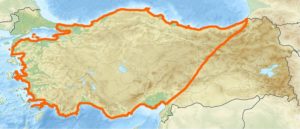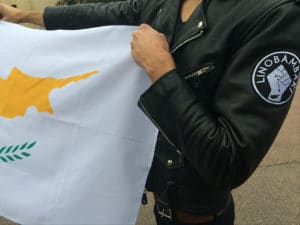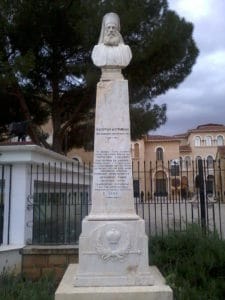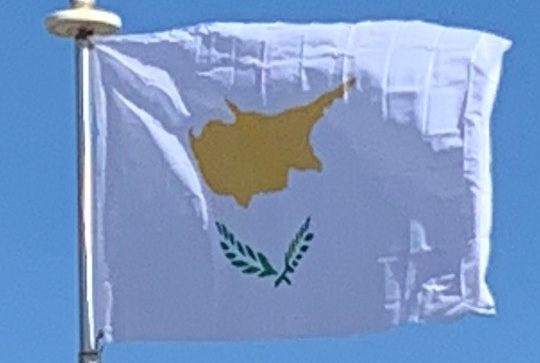Although the Lusignan French aristocracy remained the dominant social class in Cyprus throughout the medieval period, the former assumption that Greeks were treated only as serfs on the island is no longer considered by academics to be accurate. It is now accepted that the medieval period saw increasing numbers of Greek Cypriots elevated to the upper classes, a growing Greek middle ranks, and the Lusignan royal household even marrying Greeks. This included King John II of Cyprus who married Helena Palaiologina.
Cyprus Under the Ottoman Empire:
In 1570, a full-scale Ottoman assault with 60,000 troops brought the island under Ottoman control, despite stiff resistance by the inhabitants of Nicosia and Famagusta. Ottoman forces capturing Cyprus massacred many Greek and Armenian Christian inhabitants. The previous Latin elite were destroyed and the first significant demographic change since antiquity took place with the formation of a Muslim community. Soldiers who fought in the conquest settled on the island and Turkish peasants and craftsmen were brought to the island from Anatolia.

This new community also included banished Anatolian tribes, “undesirable” persons and members of various “troublesome” Muslim sects, as well as a number of new converts on the island.
The Ottomans abolished the feudal system previously in place and applied the millet system to Cyprus, under which non-Muslim peoples were governed by their own religious authorities. In a reversal from the days of Latin rule, the head of the Church of Cyprus was invested as leader of the Greek Cypriot population and acted as mediator between Christian Greek Cypriots and the Ottoman authorities. This status ensured that the Church of Cyprus was in a position to end the constant encroachments of the Roman Catholic Church. Ottoman rule of Cyprus was at times indifferent, at times oppressive, depending on the temperaments of the sultans and local officials, and the island began over 250 years of economic decline.
The ratio of Muslims to Christians fluctuated throughout the period of Ottoman domination. In 1777–78, 47,000 Muslims constituted a majority over the island’s 37,000 Christians. By 1872, the population of the island had risen to 144,000, comprising 44,000 Muslims and 100,000 Christians. The Muslim population included numerous crypto-Christians, including the Linobambaki, a crypto-Catholic community that arose due to religious persecution of the Catholic community by the Ottoman authorities; this community would assimilate into the Turkish Cypriot community during British rule.
As soon as the Greek War of Independence broke out in 1821, several Greek Cypriots left for Greece to join the Greek forces. In response, the Ottoman governor of Cyprus arrested and executed 486 prominent Greek Cypriots, including the Archbishop of Cyprus, Kyprianos, and four other bishops.

In 1828, modern Greece’s first president Ioannis Kapodistrias called for union of Cyprus with Greece, and numerous minor uprisings took place. Reaction to Ottoman misrule led to uprisings by both Greek and Turkish Cypriots, although none were successful. After centuries of neglect by the Turks, the unrelenting poverty of most of the people, and the ever-present tax collectors fueled Greek nationalism, and by the 20th century idea of enosis, or union, with newly independent Greece was firmly rooted among Greek Cypriots.
